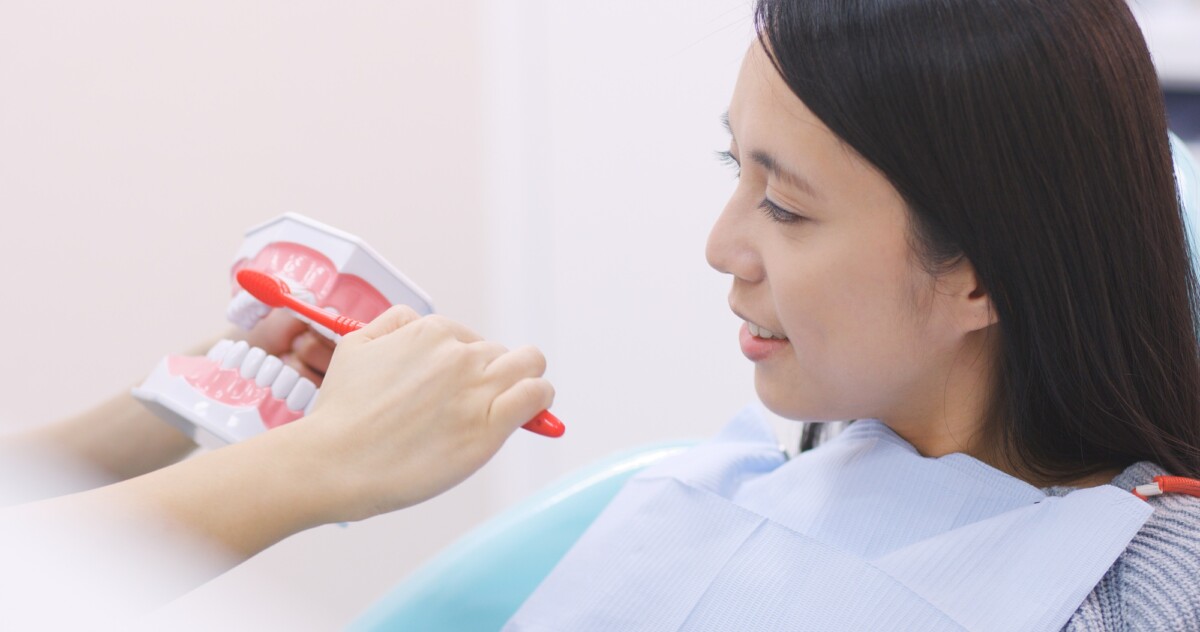How Much Is a Tooth Filling Without Insurance? Affordable Options
Dental fillings are one of the most common procedures in dentistry. They are essential for restoring decayed or damaged teeth, helping patients maintain both function and aesthetics. But without insurance, many people worry about the price tag. If you’re wondering how much is a tooth filling without insurance, you’re not alone. In 2025, rising healthcare costs have made it more crucial than ever to understand your options and what influences the overall price. From the material used to the dentist’s location, this article breaks down everything you need to know.
Why Dental Fillings Are Important
Dental fillings play a crucial role in oral health. When a tooth develops a cavity, it compromises the integrity of the enamel and can cause significant pain or infection if left untreated. A timely filling:
-
Prevents further decay
-
Restores the tooth’s structure and function
-
Helps avoid more expensive treatments like root canals or crowns
Ignoring a cavity might save money short-term, but it leads to costlier problems down the road.
Factors That Affect the Cost of a Tooth Filling
Understanding the pricing dynamics is key to budgeting for your dental care. Here are the most common factors:
Type of Filling Material
Different materials come with different costs and lifespans:
-
Amalgam (Silver): More affordable, durable, but less aesthetic
-
Composite (Tooth-Colored): Matches natural tooth color, more expensive
-
Gold: Very durable, high cost
-
Ceramic/Porcelain: Aesthetic and durable, but expensive
Location of the Tooth
Molars are harder to reach and fill, often making the procedure costlier compared to front teeth.
Dentist Experience and Clinic Location
An experienced dentist in an urban area typically charges more than one in a rural setting. High-end clinics often charge premium rates for their services and facilities.
Number of Surfaces Involved
Fillings can be one-surface, two-surface, or multi-surface depending on how much of the tooth is affected. More surfaces equal higher costs.
Average Cost of Fillings Without Insurance
Composite (Tooth-Colored) Fillings
-
Single surface: $150–$250
-
Two or more surfaces: $200–$450
-
Posterior teeth (molars) may be on the higher end due to access and size.
Amalgam (Silver) Fillings
-
Single surface: $100–$200
-
Multiple surfaces: $150–$300
-
These are the most affordable option but are less popular due to aesthetics.
Gold and Ceramic Fillings
-
Gold inlays/onlays: $600–$1,500
-
Ceramic fillings: $500–$1,300
-
Typically recommended for durability and aesthetics in molars or visible areas.
How Much Do Most Dentists Charge for a Filling in 2025?
In 2025, most dentists charge between $150 and $400 for a standard cavity filling without insurance. This varies based on location, filling material, and the complexity of the procedure.
Urban areas like New York or Los Angeles tend to be on the higher end, while mid-size cities or rural areas can offer more affordable options.
How Much Is a Cavity Filling Out of Pocket?
Paying out of pocket means you’re responsible for 100% of the costs. Here’s a breakdown:
-
Basic amalgam filling: ~$150
-
Composite filling: ~$250
-
Gold or porcelain filling: $600–$1,500
Your final price will depend on how many teeth need fillings and the materials chosen. Always ask for an estimate before agreeing to treatment.
What Is the Cheapest Type of Tooth Filling?
The cheapest type of filling is typically an amalgam (silver) filling, which averages around $100 to $150 per tooth. Although less attractive visually, it’s durable and cost-effective for molars that aren’t visible when you smile.
Call the official Medicare helpline at 1-800-MEDICARE (1-800-633-4227) to ask your questions or get more information.
How to Get a Filling Without Insurance
If you’re uninsured, don’t panic. There are affordable ways to get the care you need.
Dental Discount Plans
Unlike insurance, these plans provide 10-60% discounts on services for a low monthly fee. Examples include:
-
Careington
-
DentalPlans.com
-
Aetna Vital Savings
Dental Schools
Students supervised by licensed dentists offer fillings at reduced costs. Examples:
-
UCLA School of Dentistry
-
NYU College of Dentistry
-
Tufts Dental School
Free or Low-Cost Dental Clinics
Look for clinics that receive federal funding or operate under charitable models. Websites like FreeDentalCare.us help you find such resources in your area.
Regional Cost Variations in the U.S.
Dental care costs differ significantly based on location:
-
West Coast: Higher costs; LA composite fillings may be $300+
-
Midwest: Moderate; expect $150–$250 per filling
-
South: Generally more affordable, especially in rural areas
-
Northeast: Similar to the West in terms of higher urban costs
Payment Plans and Financing Options for Fillings
Even without insurance, many clinics offer financing options:
-
CareCredit: Healthcare credit card accepted by thousands of dentists
-
In-house payment plans: Some clinics offer monthly payments
-
Medical credit cards: Look for 0% APR introductory offers
These options make it possible to get necessary care without financial strain.
Risks of Delaying a Dental Filling
Delaying treatment can escalate problems:
-
Infection leading to root canals or extractions
-
Increased pain and sensitivity
-
Higher treatment costs later
-
Damage to surrounding teeth
Treating a cavity early with a filling is much more affordable than restorative options later on.
Tips for Preventing Cavities and Reducing Future Costs
An ounce of prevention is worth a pound of cure. Follow these tips:
-
Brush twice daily with fluoride toothpaste
-
Floss every day
-
Visit the dentist for biannual cleanings
-
Avoid sugary snacks and acidic drinks
-
Drink plenty of water
-
Use dental sealants if recommended
Consistent oral care reduces the need for fillings in the first place.
Frequently Asked Questions
How much do most dentists charge for a filling?
Between $150 and $400, depending on the material and location.
How much is a cavity filling out of pocket?
Typically $100–$300 without insurance.
How to get a filling without insurance?
Use dental discount plans, visit dental schools, or seek out low-cost clinics.
What is the cheapest type of tooth filling?
Amalgam (silver) fillings are the least expensive, usually around $100–$150.
Can I negotiate dental costs with my dentist?
Yes. Many dentists are willing to offer cash discounts or payment plans.
Does a filling hurt?
Most patients experience little to no pain during the procedure, thanks to local anesthesia.
Final Thoughts
Dental health should never take a backseat due to financial limitations. Understanding how much is a tooth filling without insurance in 2025 helps you make informed decisions and explore affordable options. Whether you choose a basic amalgam filling or a composite one, treating cavities early saves money and protects your smile long-term.
Explore local dental schools, use discount programs, and don’t hesitate to ask your dentist about payment options. Remember, oral health is a crucial part of overall wellness, and with the right strategy, it’s within your reach.
Better coverage may be closer than you think—check NewMedicare.com or call 📞 (833) 203-6742.






